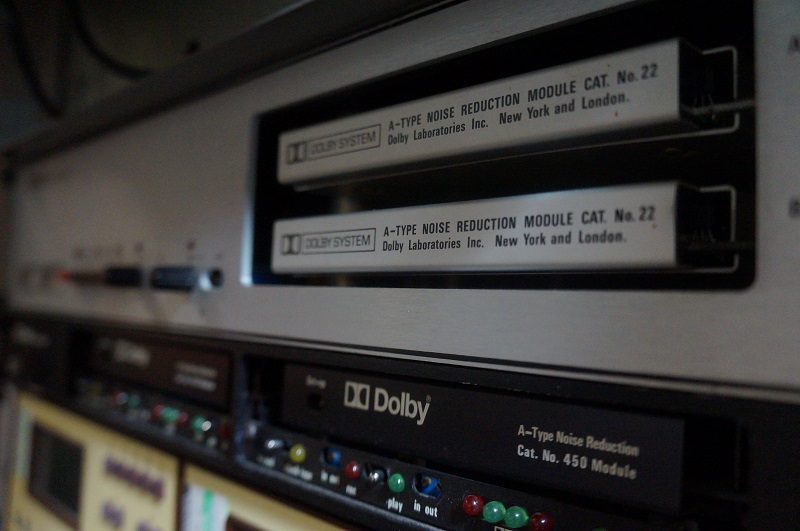We have already written about noise reduction this week, but did so without acknowledging the life of Ray Dolby, one of the inventors of video tape recording while working at Ampex and the inventor and founder of Dolby Noise Reduction, who died on 12 September 2013.
An obituary in The Guardian described how:
‘His noise-reduction system worked by applying a pre-emphasis to the audio recording, usually boosting the quieter passages. The reverse process was used on playback. Removing the boost – lowering the level – also removed most of the tape hiss that accompanied all analogue recordings. Of course, people did not care how it worked: they could hear the difference.’
Dolby managed to solve a clear problem blighting analogue tape recording: the high frequency noise or tape hiss inherent when recording on magnetic tape.

Like many professional recording studios from the 1960s onwards, the Great Bear Studio uses the Dolby A noise-reduction system that we use to play back Dolby A encoded tape. On the Dolby A the input signal is split into four individual frequency bands and provided 10 dB of broadband noise reduction overall.
We also have a Dolby SR system that was introduced in 1986 to improve upon analogue systems and in some cases surpass rapidly innovating digital sound technologies. Dolby SR maximises the recorded signal at all times using a complex series of filters that change according to the input signal and can account for up to 25dB noise reduction.